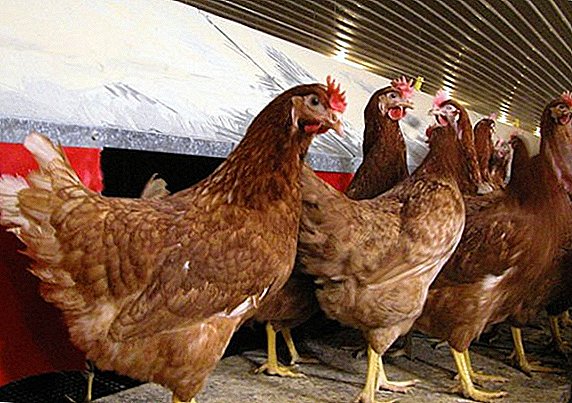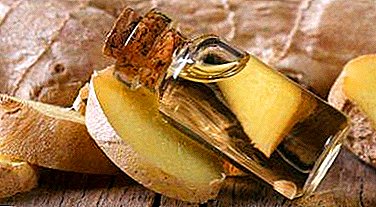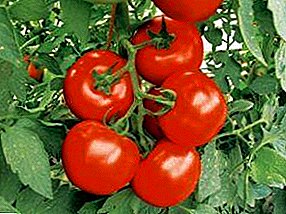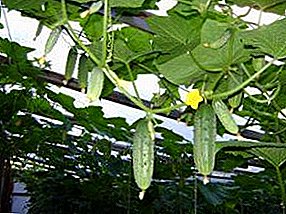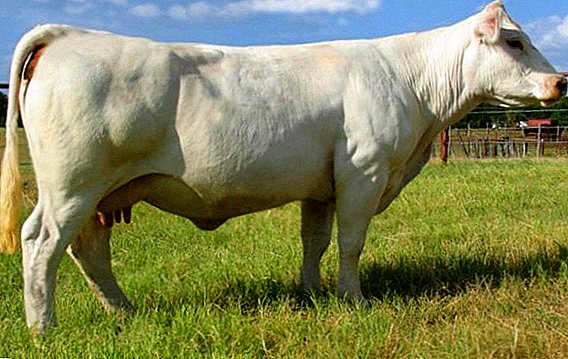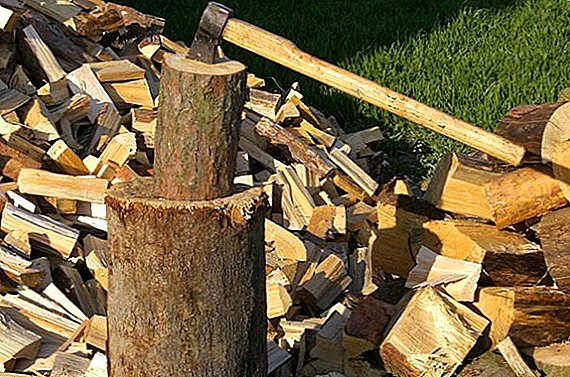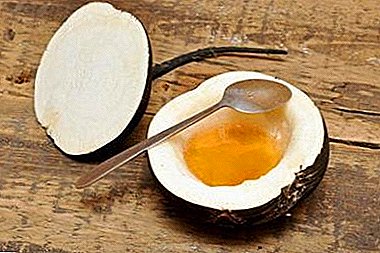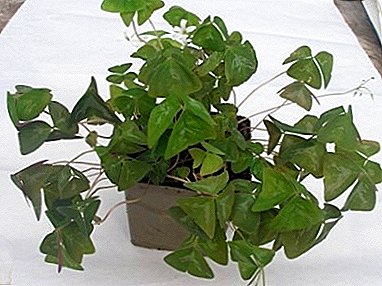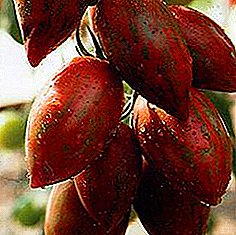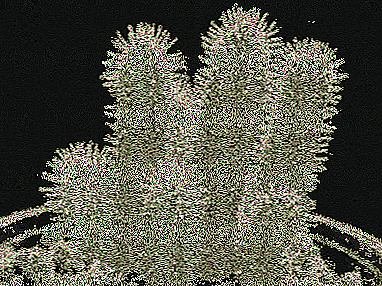
Gudia - perennial flowering succulent shrubs, from 15 to 100 cm high.
The small roots of the gudias diverge in different directions, the stems are erect with many faces.
On these faces there are many hillocks, which end with coarsened spines.
Plant description
 Plant blooms profusely, the flowers are reddish brown, shaped like a bell, from 2 to 6 pieces. Located in the upper part of the stem, sometimes fused with each other.
Plant blooms profusely, the flowers are reddish brown, shaped like a bell, from 2 to 6 pieces. Located in the upper part of the stem, sometimes fused with each other.
Large inflorescences, from 2 cm in diameter and more, have a peculiar smell of stale meat than attract insects to pollination.
From each flower sprouts 2 pods that are filled with seeds. When they are damaged, the seeds are released and germinate near the plant itself, or are carried by the wind over longer distances.
Kinds
For home cultivation there is two types of succulent: gudiya baina and gudia gordon.
They almost do not differ from each other in terms of growing and care.
- Gudia Baina.
This species forms shoots from 15 to 40 cm long, abundantly covered with prickly brown outgrowths.
The flowers are red, sometimes light yellow.
- Gudia Gordon.
This plant is similar to the bainia baina, but larger in size (from 50 to 100 cm).
Stems strongly branched. The flowers are red or brown, with green veins, up to 10 cm in size. The most famous representative of the genus.
A photo
Gudia Baina:


Gudia Gordon:

Care
Gudia is easy to grow; even a beginner can handle it.
Love heatIn summer, the temperature should be from 22 to 27 ° C, in winter - from 12 to 15 ° C. Dry, warm air is desirable. In the summer it is worth leaving the plant for several hours in direct sunlight.
Shrub quite drought resistantIn summer, moderate watering is required.
In winter - dry content, watering is not needed. Very sensitive to excess moisture. Does not require strong moisture.
 Soil for transplanting should be clay-sod, with a small amount of sand. The plant feels comfortable in clay or plastic pots. At the bottom of the dishes are small holes for waste moisture.
Soil for transplanting should be clay-sod, with a small amount of sand. The plant feels comfortable in clay or plastic pots. At the bottom of the dishes are small holes for waste moisture.
The lower soil layer is abundantly supplied with drainage. Small-aged shrubs transplanted every spring.
Adult plants can do without a transplant of up to three years, but the root system should be checked for rot.
Fertilize gudiyu during active growth.
Gudia blooms on the 3rd - the 5th year of life. Flowering occurs from June to September. In winter, the succulent is at rest.
During the rest of the gudiyu undesirable touch, fertilize and water. After winter, the amount of light consumed by it should be gradually increased.
Multiply the plant can be seeds, as well as vaccinations on Stapelia or Tseropegiyu Wood. It is necessary to cut off the upper part of the stem and, using elastic bands or threads, firmly press and tie it to the stock.
Adhesion will take several days; it is imperative to use sterile instruments.
Diseases and pests
Gudia's main enemy is waterlogging.
Because of the overflow, the roots of the plant begin to rot.
 You can determine this by changing the color of the stem, withering shoots and slow growth. To remedy the situation, you need to transplant the shrub, removing the damaged roots.
You can determine this by changing the color of the stem, withering shoots and slow growth. To remedy the situation, you need to transplant the shrub, removing the damaged roots.
Mealybug - one of the pests. It can be recognized by the presence of white bloom on the stem. Spraying with special preparations will help to cope with this problem.
But in general, the plant is quite resistant to disease and subject to the rules of care will not cause problems.
In nature, shrubs live up to 15 years. An experienced collector-rarer plant can live up to 25 years.
But if you decide to replenish your collection with them, be sure to be interested in certificates for seeds when you purchase. Subtype gudia Gordon included in the list of CITES.


